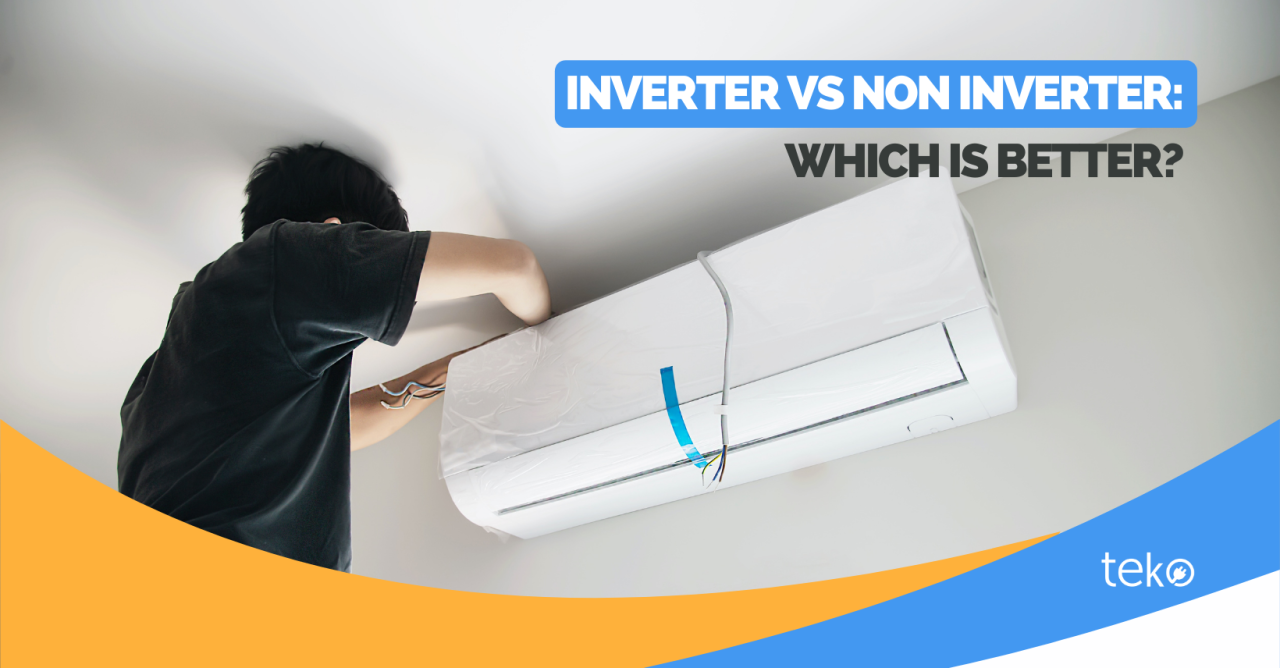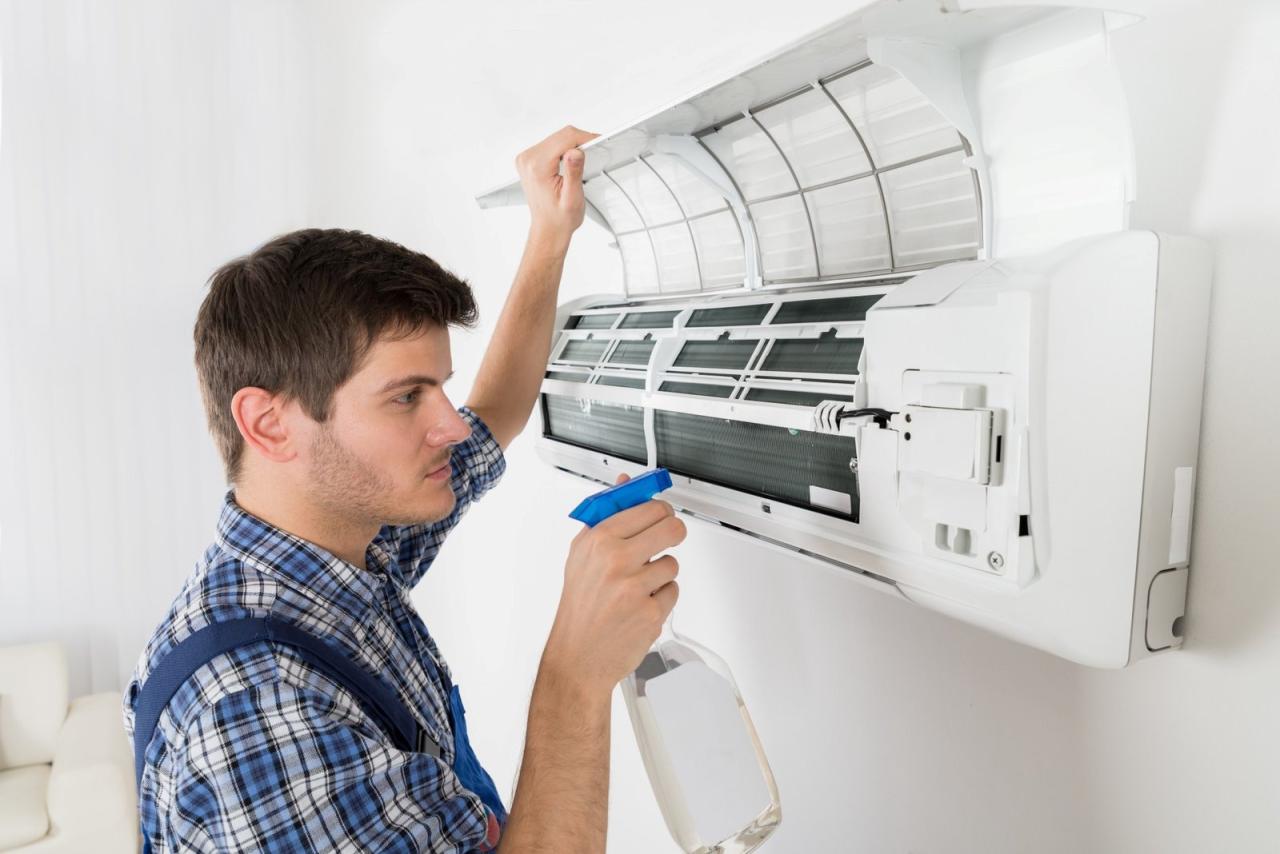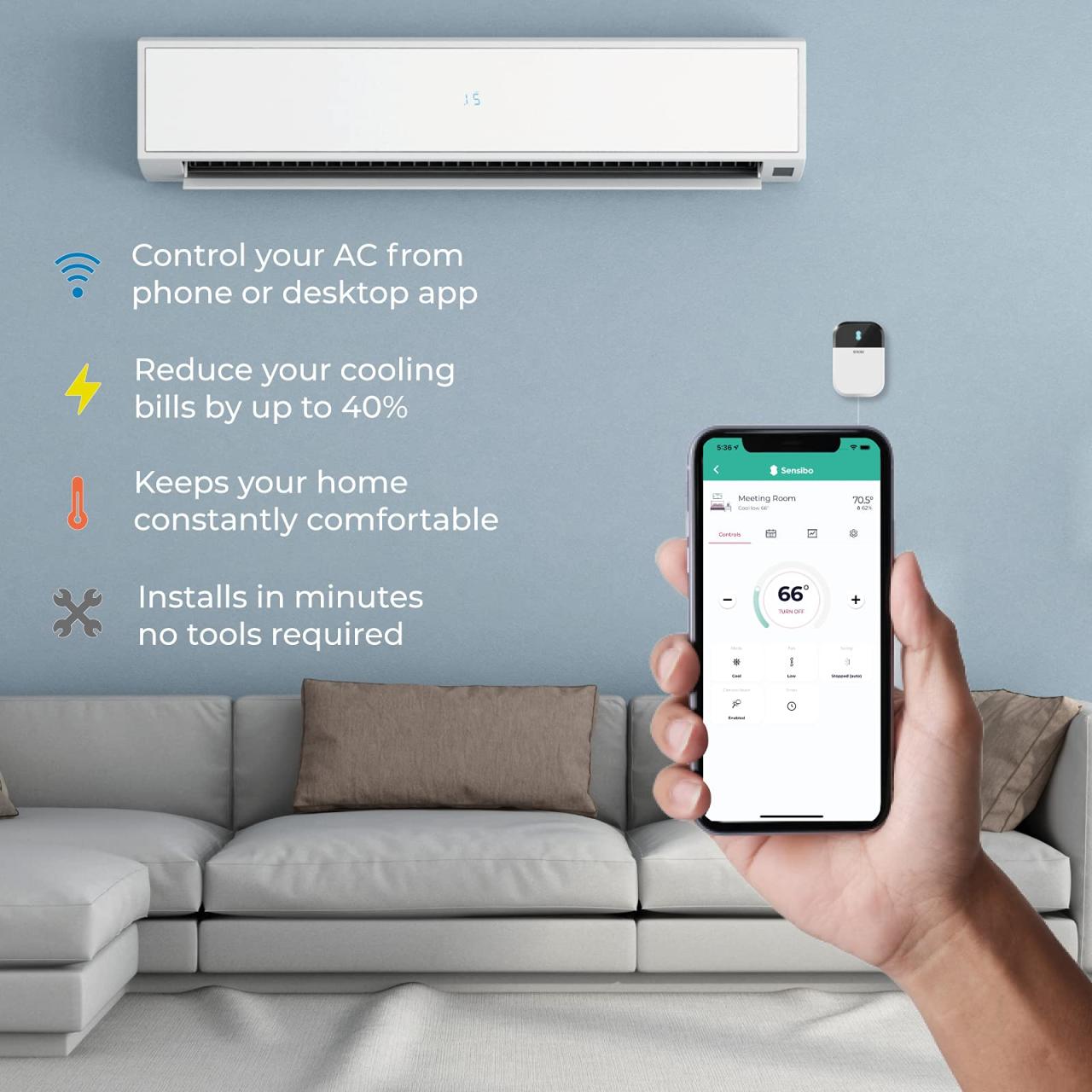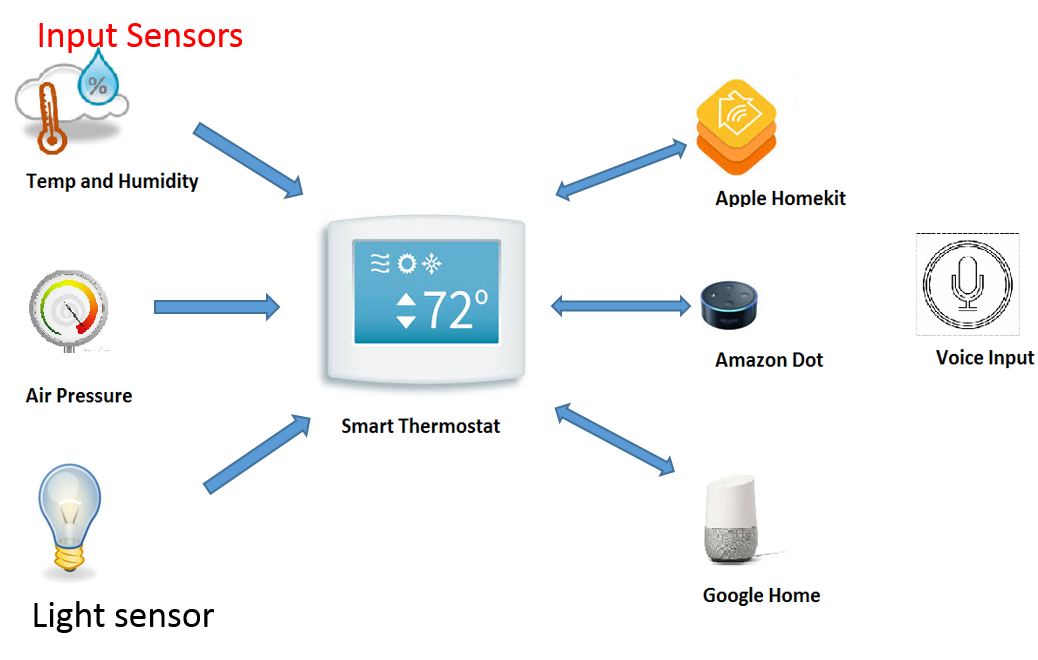Soundproofing Your Server Room in a Residential Interior: A Comprehensive Guide
Delving into the realm of soundproofing your server room in a residential setting, this guide offers a detailed look at the importance of mitigating noise, the various materials and techniques involved, and the crucial aspects of ventilation and cable management.
As we explore the intricacies of creating a quiet and efficient server room within your home, you'll uncover practical tips and insights to optimize your space for optimal performance.
Importance of Soundproofing in a Server Room
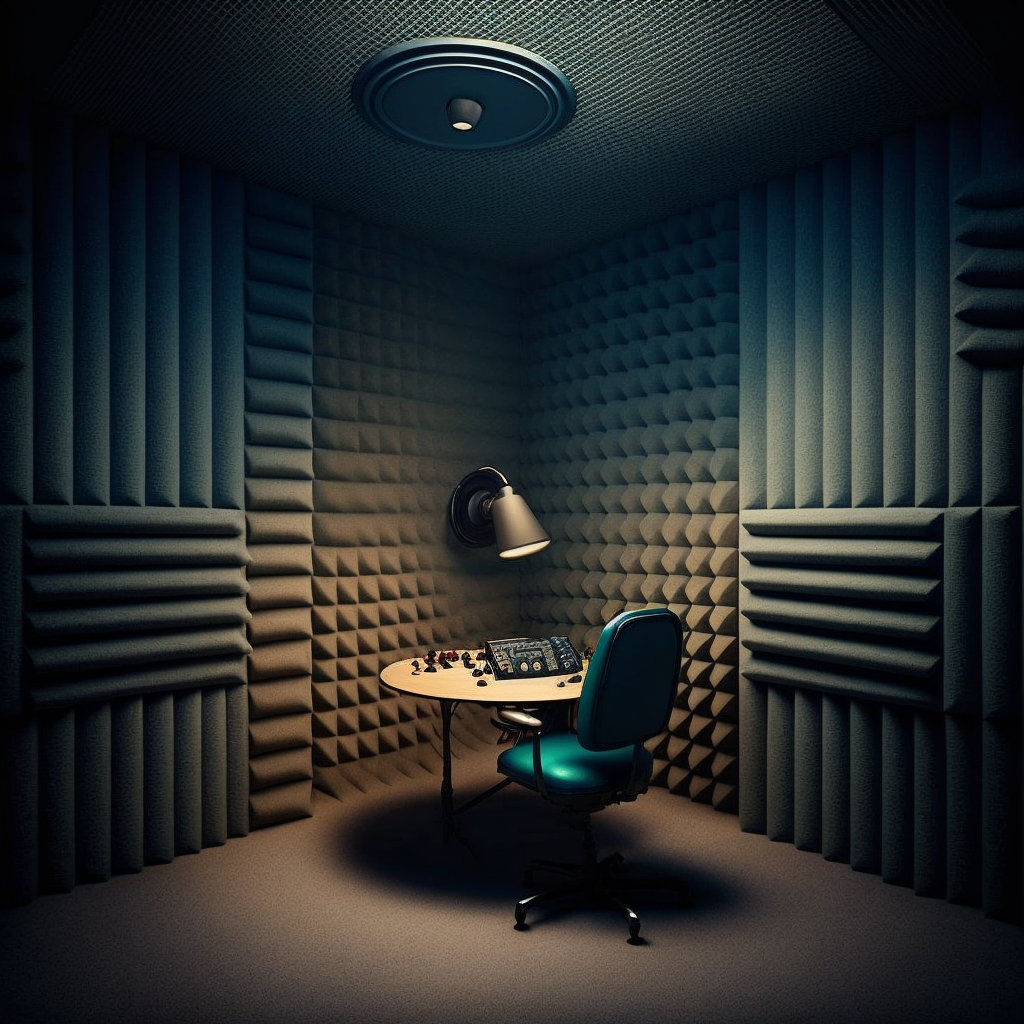
Soundproofing a server room in a residential interior is crucial for maintaining a conducive environment for both the equipment and the individuals living in the space.
Potential Consequences of Not Soundproofing a Server Room:
- Excessive noise levels can disrupt the concentration and productivity of individuals working or living near the server room.
- Continuous exposure to high noise levels can lead to stress, fatigue, and even long-term health issues.
- Unsoundproofed server rooms can cause disturbances during important meetings or gatherings, impacting the overall comfort of the residents.
How Sound Can Impact the Performance and Longevity of Server Equipment:
- Constant exposure to noise can increase the risk of hardware malfunctions and failures in server equipment.
- Vibrations from loud noise can affect the stability of delicate components within the servers, leading to performance issues and potential breakdowns.
- Heat dissipation in server rooms can be compromised by noise, affecting the cooling system efficiency and ultimately reducing the lifespan of the equipment.
Soundproofing Materials and Techniques

When it comes to soundproofing a residential server room, choosing the right materials and techniques is crucial to effectively reduce noise levels and maintain a quiet environment. Let's explore the different types of soundproofing materials suitable for this purpose and delve into the installation process and effectiveness of various soundproofing techniques.
Types of Soundproofing Materials
- Acoustic Panels: These panels are designed to absorb sound waves and reduce noise levels. They come in various sizes and shapes, making them versatile for different room layouts.
- Soundproof Curtains: These heavy-duty curtains are made from dense materials that block sound from entering or leaving a room. They are easy to install and can be a cost-effective solution.
- Soundproof Foam: This foam is specifically designed to dampen sound vibrations and reduce echoes. It is often used in conjunction with other soundproofing materials for optimal results.
Installation Process of Soundproofing Materials
- Walls: Soundproofing materials can be attached directly to the walls using adhesive or screws. Make sure to cover the entire wall surface to minimize sound transmission.
- Ceilings: Suspended soundproofing panels or foam can be installed on the ceiling to absorb sound and prevent it from bouncing off hard surfaces.
- Floors: Thick carpets or soundproof underlayment can help reduce impact noise from footsteps or equipment vibrations. For added soundproofing, rugs and mats can also be placed on the floor.
Effectiveness of Soundproofing Techniques
- Acoustic Panels: Highly effective in absorbing sound waves and reducing noise levels, especially in rooms with hard surfaces that cause echoes.
- Soundproof Curtains: Provide good sound insulation and are easy to install, making them a practical solution for controlling noise in a residential setting.
- Soundproof Foam: Effective in dampening sound vibrations and echoes, but may require additional materials for comprehensive soundproofing.
Proper Ventilation and Airflow Management
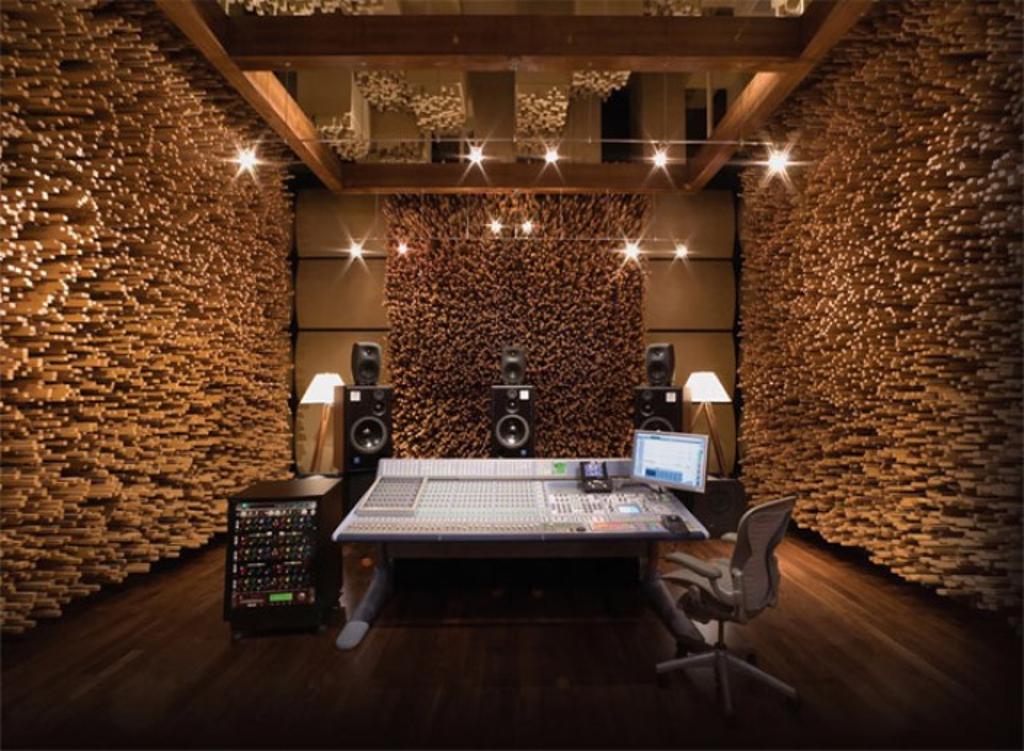
Maintaining proper ventilation in a soundproofed server room is crucial to prevent overheating of equipment and ensure optimal performance. It is essential to design ventilation systems that not only provide adequate airflow for cooling but also minimize noise leakage that can compromise the soundproofing measures put in place.
Designing Balanced Ventilation Systems
Proper ventilation design involves finding the right balance between airflow efficiency and soundproofing requirements. One effective approach is to use ductwork and baffles to direct airflow strategically while incorporating sound-absorbing materials to reduce noise transmission. Additionally, positioning air vents away from sensitive equipment and soundproofing them can help maintain a quiet environment without sacrificing cooling effectiveness.
Isolating HVAC Noise for Adequate Cooling
To isolate HVAC noise in a soundproofed server room, consider installing vibration isolation mounts for air handling units and ductwork. This helps minimize the transfer of vibrations that can generate noise. Moreover, using soundproofing materials such as acoustic panels or barriers around HVAC equipment can further reduce noise levels while ensuring proper cooling for servers.
Regular maintenance of HVAC systems is also essential to prevent noise issues caused by wear and tear.
Cable Management Solutions for a Quieter Environment
Proper cable management in a server room is crucial not only for organization but also for sound reduction. Cluttered cables can contribute to noise levels and impact the overall functionality of the server room. Implementing effective cable management solutions can significantly improve the acoustics of the space.
Organizing Cables for Noise Reduction
- Use cable trays or racks to keep cables organized and off the floor. This prevents tangling and reduces the chances of cables rubbing against each other and creating noise.
- Label cables properly to easily identify and trace them when needed. This reduces the need to move or disturb cables unnecessarily, minimizing noise disruptions.
- Bundle cables together using cable ties or Velcro straps to avoid loose cables hanging and swinging around, which can generate noise vibrations.
Impact of Cable Clutter on Soundproofing Efforts
Cable clutter not only contributes to noise but can also obstruct airflow and ventilation pathways in the server room. Poor cable management can lead to overheating of equipment, impacting the efficiency and longevity of servers. By organizing cables effectively, you can enhance soundproofing efforts and maintain a quieter environment for optimal server performance.
Last Recap
In conclusion, soundproofing your server room in a residential interior is not just about reducing noise; it's about enhancing the functionality and longevity of your equipment. By implementing the right materials, techniques, and strategies, you can create a space that is not only quiet but also conducive to seamless operations.
FAQ Guide
What are the potential consequences of not soundproofing a server room?
Without soundproofing, the noise levels can disrupt equipment performance, leading to overheating and potentially reducing the lifespan of your server hardware.
How can cable management contribute to reducing noise in a server room?
Organizing cables properly can help minimize clutter and prevent cable tangling, which in turn reduces unnecessary noise and interference in the room.
Why is proper ventilation crucial in a soundproofed server room?
Maintaining adequate airflow is essential to prevent overheating of equipment, especially in a confined and insulated space like a soundproofed server room.
